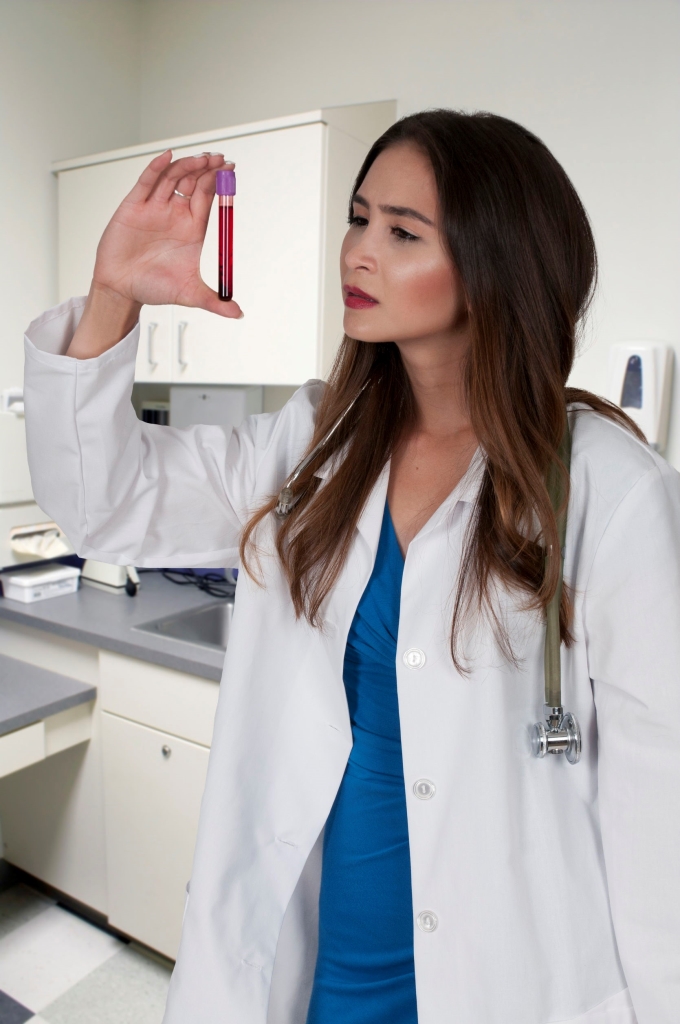How to Earn Your Phlebotomy Training Certification: A Step-by-step Guide to Launching Your Healthcare career
Embarking on a career as a certified phlebotomist is a rewarding pathway into the healthcare industry.With the increasing demand for healthcare professionals who can accurately draw blood and assist in patient care, obtaining a phlebotomy certification can open doors to diverse job opportunities. This comprehensive guide will walk you through the essential steps to earn your phlebotomy training certification, giving you the confidence and knowlege needed to launch your healthcare career successfully.
Why Is Phlebotomy Certification Vital?
Phlebotomy certification is a crucial credential that validates your skills and knowledge in drawing blood and handling patient specimens.Not only does certification improve employability, but it also enhances your credibility in medical settings, from hospitals to private clinics. Additionally, many states require certified phlebotomists to work legally in healthcare facilities, making certification a necessary step in your professional journey.
Key Benefits of Becoming a Certified Phlebotomist
- Expanded Career Opportunities: Work in hospitals, laboratories, blood donation centers, and clinics.
- Higher Earning Potential: Certified professionals often earn more than non-certified counterparts.
- Increased Confidence and Credibility: Demonstrate your competency to employers and patients.
- Pathway to Advanced Healthcare Roles: Certification can be a stepping stone toward specialized fields in healthcare.
Step-by-Step Guide to earn Your Phlebotomy Certification
Step 1: Meet Basic eligibility Requirements
Before starting your journey, ensure you meet the prerequisites for phlebotomy training programs:
- Age: Typically at least 18 years old.
- Educational Background: High school diploma or GED.
- Background Check: Some programs require a health screening and background check.
- Basic Skills: Good hand-eye coordination, manual dexterity, and interpersonal skills.
step 2: Enroll in a Certified Phlebotomy Training Program
Choose a reputable training program that aligns with your career goals. Look for programs accredited by organizations like the National Accrediting Agency for Clinical Laboratory Sciences (NAACLS) or the American Society for Clinical Pathology (ASCP). Training typically includes:
- Classroom Instruction: Learning anatomy, physiology, infection control, and safety protocols.
- Hands-On practice: Supervised venipuncture techniques and specimen handling.
- Clinical Experience: Real-world practice in healthcare settings.
Step 3: Complete the Required Clinical Hours
Most certification boards and states require a specified number of clinical hours-often between 40 and 120 hours-where you gain practical experience drawing blood and managing patients. Verify your program’s clinical component and ensure it provides sufficient real-world practice.
Step 4: Prepare for the Certification Exam
Upon completing your training and clinical hours, focus on preparing for the certification exam. Use study guides, practice tests, and workshops if available.Key topics typically include:
- Venipuncture procedures
- Safety and infection control
- Specimen processing
- Patient interaction and communication
- Legal and ethical considerations
Step 5: Take and Pass the Certification Exam
Register for your chosen certification exam, such as the National Phlebotomy Examination offered by organizations like the ASCP or the NHA. Prepare thoroughly, and approach the exam confidently. Upon passing, you will receive your official phlebotomy Certification.
Popular Certification Options and Requirements
| Certification Body | Prerequisites | Exam Topics | Validity period |
|---|---|---|---|
| American Society for Clinical pathology (ASCP) | Completion of approved program + clinical hours | venipuncture, safety, specimen handling | 3 years |
| NHA (National Healthcareer Association) | High school diploma + 100 venipunctures | Patient interaction, safety, mental health | 2 years |
| American Medical Technologists (AMT) | Training + clinical experience | Collection techniques, legal issues | 3 years |
Additional Practical Tips for Success
- Choose Accredited Programs: Ensures quality education and better job prospects.
- Gain Hands-On Experience: Volunteer or intern at healthcare facilities if possible.
- Stay Informed: Keep up with updates in healthcare regulations and best practices.
- Network: Connect with industry professionals through seminars or online forums.
- Prioritize Patient Care: Develop empathy and communication skills for better patient interactions.
Case Study: From Student to Certified phlebotomist
Meet Sarah, who decided to pursue a career in healthcare. After researching reputable programs, she enrolled in an accredited phlebotomy training course in her city. She dedicated herself to hands-on practice during her clinical hours, and prepared diligently for her certification exam. Within a few months, Sarah earned her certification and landed a job at a local hospital. Her journey demonstrates how proper training,practice,and certification can transform your career aspirations into reality.
First-Hand Experience: What It’s Like to Be a Certified Phlebotomist
As a certified phlebotomist, you’ll work closely with patients, honing your technical skills while providing comfort and reassurance during blood draws. the work environment is fast-paced and rewarding, especially when you see the vital role you play in patient diagnoses and treatment. Continued education and certification renewal keep your skills sharp and your career thriving.
Final Thoughts
Obtaining your phlebotomy training certification is a strategic step toward a fulfilling healthcare career. By following this step-by-step guide-meeting eligibility requirements, enrolling in a reputable training program, gaining practical experience, and passing the certifying exam-you set yourself up for success. Remember, dedication, proper planning, and a passion for helping others are key to launching a accomplished career as a certified phlebotomist.
Start your journey today and make a meaningful difference in people’s lives as a professional in the ever-growing healthcare industry!
